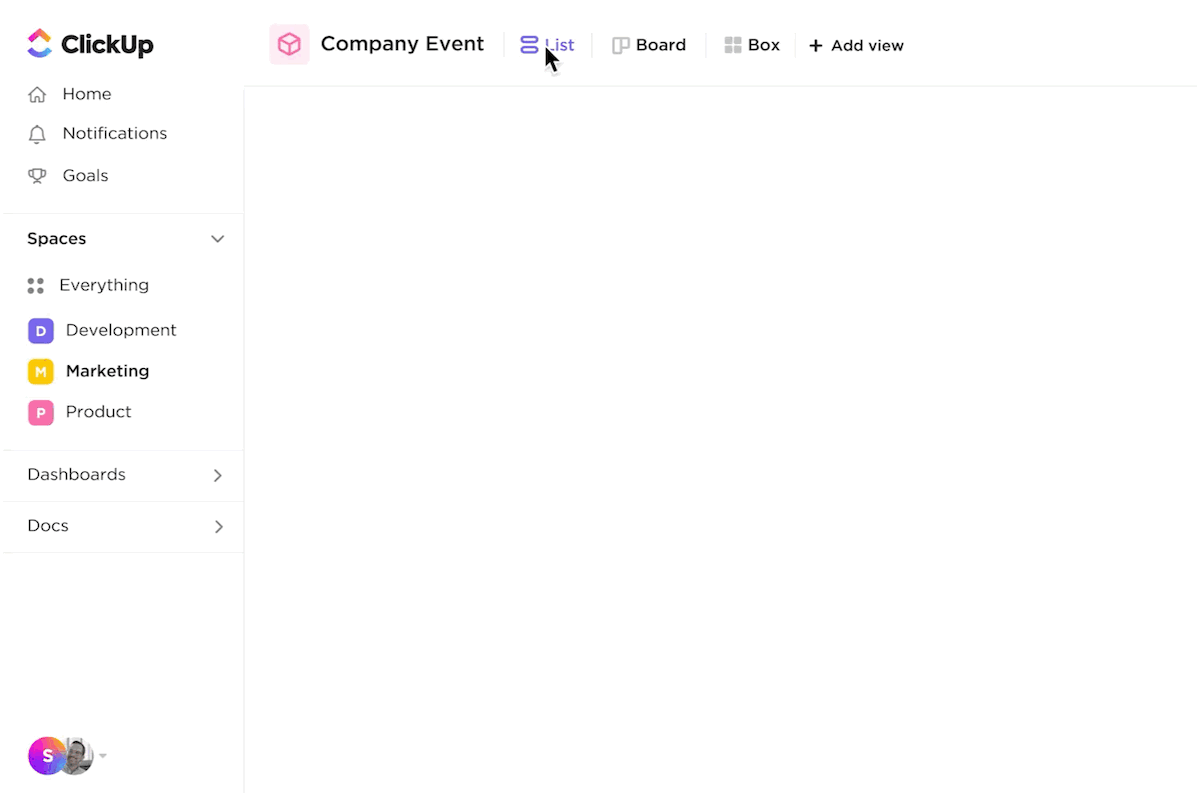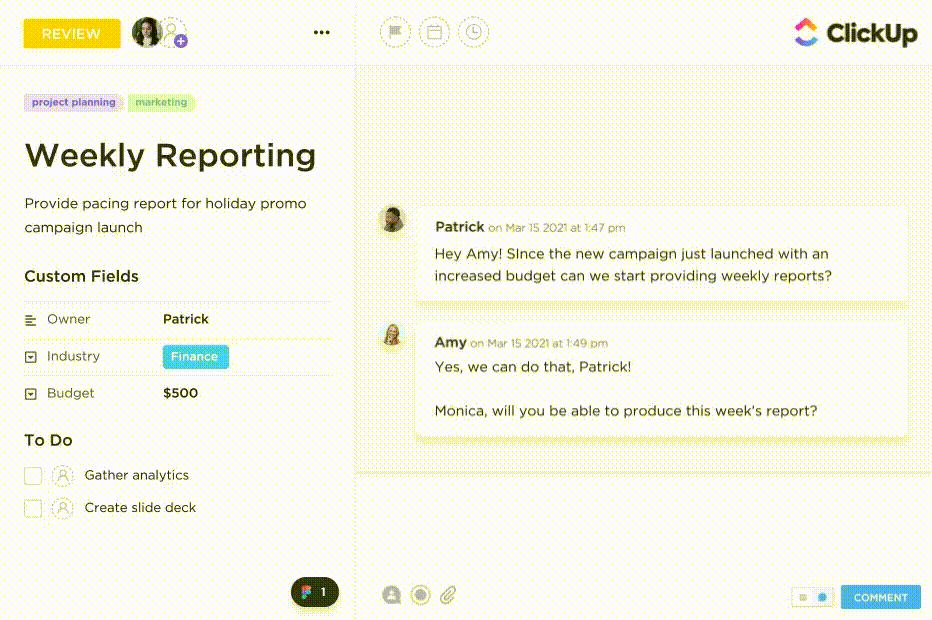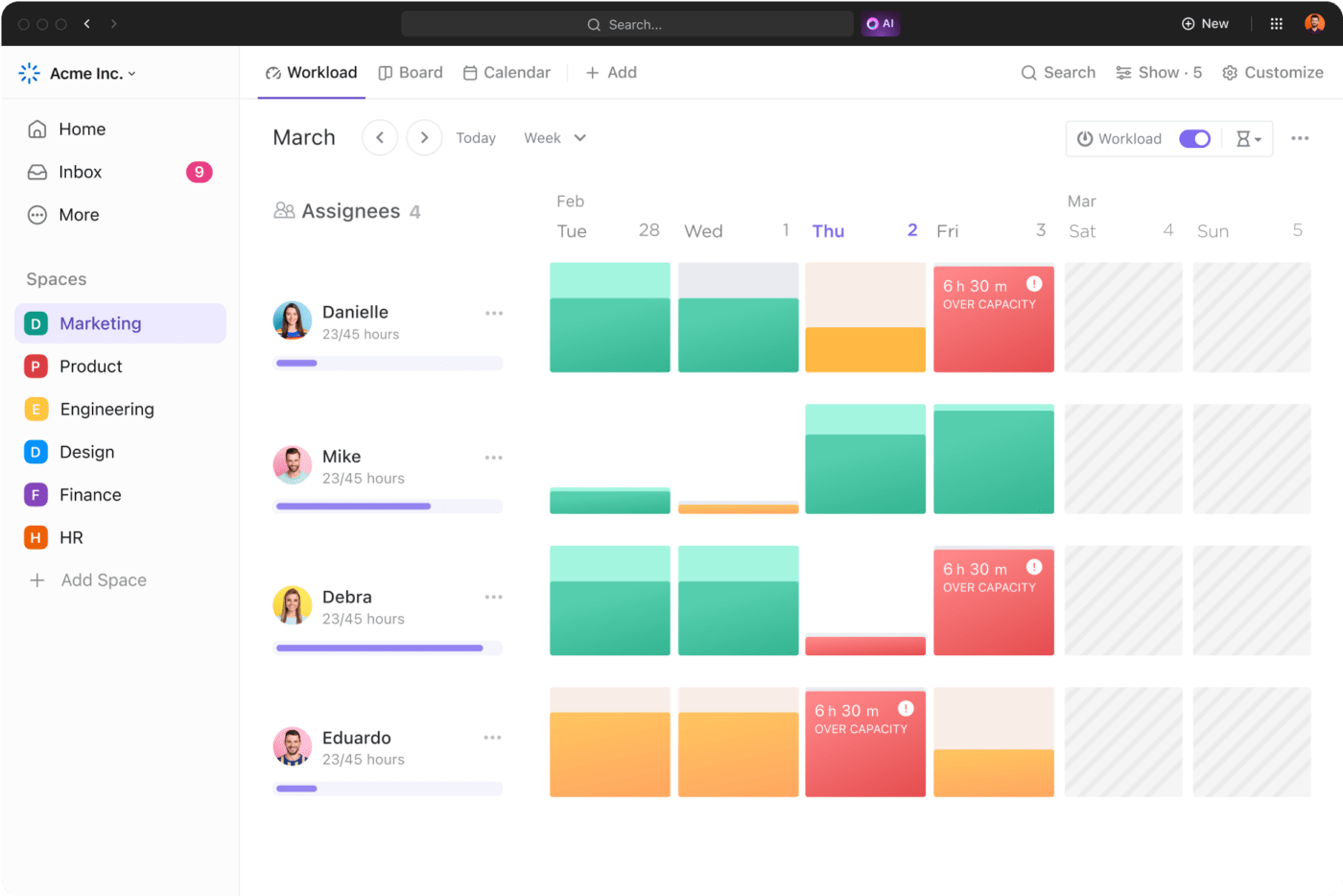

Striving for productivity in the workplace is natural, and for organizations to thrive, finding ways to improve work performance should always be a priority. But there’s always a risk of taking it too far. When it turns to toxic productivity, you’re not just moving away from a healthy work environment—you can seriously impact your entire workplace’s mental and physical health.
How do you find that balance?
It starts with an understanding of what toxic productivity actually means. From there, it’s about identifying the signs of when your teams are experiencing toxic productivity and understanding what causes it. And, of course, it all has to result in active steps specifically designed to overcome toxic productivity.
What Is Toxic Productivity?
As its name suggests, toxic productivity is the occupational phenomenon of taking productivity so far that it overshadows all other aspects of life.
There are always items on the to-do list. We’re living in a culture that rewards team members who are constantly productive. But when that constant busyness gets in the way of one’s physical and mental well-being, it can become counterproductive and even harmful.
Think about employees who pull all-nighters because they feel guilty about an upcoming deadline or remote workers who feel guilty enough to spend their free time trying to fulfill unrealistic expectations. Then, think of hustle culture trying to instill in employees that taking breaks or taking time for your personal life impedes career success.
Toxic productivity should never be confused with a strong work ethic. The drive to get things done is an admirable trait. The problems begin when those work habits become an inability to manage your time and a need to prioritize work over everything else.

Signs and Causes of Toxic Productivity
Identifying signs that you or your team is suffering from toxic productivity is not always easy. That’s even more true when your company culture has instilled the drive to get stuff done above all else. Still, a few signs can help you understand when a natural inclination toward being productive has become unhealthy.
A disregard for work-life balance
Keep an eye on the work hours for yourself and every team member. A lack of work-life balance is one of the most common symptoms of toxic productivity.
There are many reasons for this connection. Underlying feelings of guilt can cause employees to keep checking their emails, especially (but not only) when they work remotely. You’ll also hear team members say they find more time to work outside of regular hours when their colleagues do not bother them.
Unhealthy competition and comparisons within your team
A strong work ethic can become a dangerous trap when it turns competitive. A member who works longer hours or deprioritizes their family life just because they want to get to the top of the chart can seriously harm their mental health.
Again, this is more difficult to track and identify in remote work environments. With remote work, it might not be as easy to monitor whether a team member tends to skip meals or breaks just to get ahead.
Look for the more general signs of this unhealthy level of competition. You can often see it in water cooler conversations and off-hand comments.
Self-imposed expectations of all tasks needing to be resolved immediately
Also known as action bias, this phenomenon tends to stem from an inability to manage tasks in an appropriate time frame. Employees who finish tasks or respond to emails immediately can find it challenging to set boundaries. They fail to make time for their non-work hours or long-term, strategic tasks.
Often, these employees suffer from the lack of a more structured productivity plan. But they may also feel pressure or guilt about their to-do list. Then, they’ll look to combat that pressure through toxic productivity.

4 Common Causes of Toxic Productivity
Toxic productivity can come from a wide range of sources. Each is worth spending time on to build healthier productivity expectations for yourself and your team.
1. Hustle Culture
When business leaders propose 18-hour work days, it’s clear that at least some tendencies of toxic productivity come from our larger business culture. The idea that successful people work harder than anyone else to achieve success can make it difficult to set realistic expectations that encourage productivity while maintaining a healthy work-life balance.
2. Company Culture
The larger cultural causes of toxic productivity can also be found in many individual workplaces. Organizational and team leaders who work extensive hours and prioritize getting things done above all else have a downstream effect on their teams, who feel guilty when they don’t follow suit. When your company culture fails at setting boundaries, toxic productivity can become endemic.
3. Remote Work
The increase in the number of people working remotely has come with many benefits. But it’s also resulted in more people feeling compelled to work outside their regular hours. Having work and email at your fingertips through your cell phone and other devices has only accelerated the need to feel productive at all times, even at the cost of your well-being.
4. Internal Traits
Finally, some aspects of toxic productivity can originate with personality styles. More competitive employees, for example, are more likely to value productivity above other parts of their lives. The same applies to individuals with low self-worth who need to feel productive to feel valued in the workplace.
Negative Effects of Toxic Productivity in the Workplace
It’s not just a theoretical expertise. At its worst, toxic productivity can seriously affect your entire team. These effects range from declining mental health to increased turnover and, paradoxically, less productive teams.
Workplace burnout across your team
Employee burnout means feeling physically and emotionally exhausted to the point of anxiety and depression. It’s the most significant and potentially harmful result of toxic productivity. The need to keep working at all times due to unrealistic expectations (internally or externally) and the inability to set boundaries can lead to significant mental health issues that go far beyond the short-term benefits of getting stuff done.
Declining physical and mental health
Employees suffering from toxic productivity tend to be less healthy. Partially because of burnout (but also as a simple result of deprioritizing their personal life), their mental health and their physical health begin to decline. In addition to severe ethical implications, that also means managing more sick days, needing rest, and having higher health insurance needs.
Declining collaboration
When your team works in a culture of toxic productivity, they begin to be constantly on the edge. Their inability to recognize that getting stuff done isn’t everything leads to personal problems and can seriously hamper their ability to work together. They begin isolating themselves, preventing your organization from reaping the rewards of a collaborative environment.

Workload paralysis
Workload paralysis occurs when you have so much to do that you keep putting it off. Because you’re constantly overwhelmed and don’t know where to start, you tend to do nothing, which counteracts your productivity goals. A culture or internal drive that keeps pushing for a higher workload can leave your team unable to finish that work.
Tips and Ways to Avoid Toxic Productivity
It might already be pervading your organization, or you might just see its beginning signs. Either way, it’s never too early to combat toxic productivity.
Every situation might require a slightly different approach to taking this step. Sometimes, you might need to make a mental health professional available for every team member. These tips, though, can apply to any effort to fight against toxic productivity and help ensure your team’s emotional well-being while benefiting your entire organization.
1. Encourage a healthy work-life balance
Set clear boundaries between work and personal time for your employees whenever possible. Ensure they know that their personal life matters as much as their productivity at work. Gently redirect employees who continue to push for productivity while not working their set hours.
You can start by defining precise times when you expect your team to be available and when they can focus on their time instead. Avoid responding to all emails and messages right away to model the right behavior for your team. Emphasize the benefits of arriving to work refreshed due to spending some time away from it in the evening.
2. Create a culture of healthy productivity
Part of combating toxic productivity is to draw clear lines between the concept and what it means to be productive more healthily instead. This has to be at least partially an education. Many of the above points can be critical as you help employees understand how working too much can impact their physical and mental health.
Building that culture also means leading by example. Every supervisor and leader your teams interact with should practice what they preach, respect boundaries, and encourage positive results without pushing too hard.

3. Encourage self-awareness and self-reflection
Sometimes, the best way to fight toxic productivity is to look inward. Find ways to help your employees take a few minutes to examine whether they might be experiencing it. Of course, this might be difficult, especially for those unfamiliar with the concept.
Instead, ask them to examine their feelings underlying toxic productivity, such as:
- A constant urgency to get more work done
- A feeling of imposter syndrome or unworthiness that needs to be compensated for with more work
- A constant internal need to compete with others on the team
- Feeling stressed out about work to the degree where any rest only leads to feeling guilty
Helping your team uncover these feelings and encouraging them to take them seriously can ensure that they won’t ignore them or simply work more to treat the symptoms instead of the disease.
4. Practice self-care
Of course, understanding the feelings that might underly toxic productivity is only the beginning. The next step includes ensuring everyone on the team takes care of themselves.
Self-care doesn’t need to be complicated. A healthy lifestyle can help, as can encouraging hobbies outside of work. Even simple things like disconnecting from your cell phone now and then and spending some quality time completely disconnecting from work can go a long way.
Remember, of course, that different underlying feelings and causes of toxic productivity require different types and levels of self-care. Please don’t force your team into activities that might not be relevant to them; instead, give them the room to find their best activities and actions.
5. Encourage regular breaks
Research shows that working non-stop without a break harms your health and lowers productivity. That’s why great leaders encourage their entire team to build breaks into their schedule, even though it might be a counterintuitive step for some to take. That includes anything from short breaks in a typical work day to making sure that your team members take their vacation days and annual leave every year.
6. Set realistic goals and expectations
The last thing you want to do is add team or organizational pressures to the internal causes of toxic productivity. You can avoid doing just that by ensuring that your goals and expectations are within a realistic scope of what each team member can accomplish.
The best goals are based on trends and are inherently measurable. They should also be as specific as possible and extend to everyone on the team. That way, accountability can be spread rather than becoming the personal responsibility of any single team member.

7. Encourage open communication
Sometimes, the most straightforward and, paradoxically, most challenging thing to do for both leaders and their teams is to talk things out. It tends to identify the causes and potential solutions for toxic productivity. But it’s also immensely personal and involves some harsh initial realizations.
You can’t make every member of your team talk about their feelings. However, you can encourage open communication, letting it be known that any stressors or feelings of guilt over not working enough can be openly discussed. This approach to open communication also opens up new avenues to a more collaborative workplace, a natural solution to toxic productivity.
8. Leverage productivity tools—the right way
Finally, don’t underestimate the power of workplace productivity tools to build a better workflow. Tools like productivity templates and task management platforms can standardize workflows, helping your team understand what needs to be done, work together, and maintain healthy productivity.
That’s where ClickUp enters the equation.
It’s not just about features like ClickUp Tasks or ClickUp Online To-Do Lists, which can establish clear lines of what needs to be done by what time and who needs to do it. Each team member can also prioritize their work with ClickUp Task Priorities, creating a clear hierarchy that maintains a better work-life balance.
Remember, you have to use these productivity tools the right way.
Tasks should exist in the context of more significant projects, complete with workflows and dependencies that help your team members understand the greater context of the work. Teams should agree on task priorities, share priorities, and connect their goals directly to larger team and organizational goals. But when you get it right, these tools build a culture of healthy productivity with a much smaller chance of becoming harmful or toxic.
Tackle Toxic Productivity With ClickUp

We’re not saying that ClickUp is a magic solution to toxic productivity. The concept goes too deep for any single software platform to make it disappear. But when it connects to other solutions, having the right technology and task management skills can go a long way in your quest to tackle the issue.
Best of all, you can start with the right tool without any long-term commitment. Sign up for your free ClickUp account today, and begin combatting toxic productivity for yourself and your team.


Questions? Comments? Visit our Help Center for support.